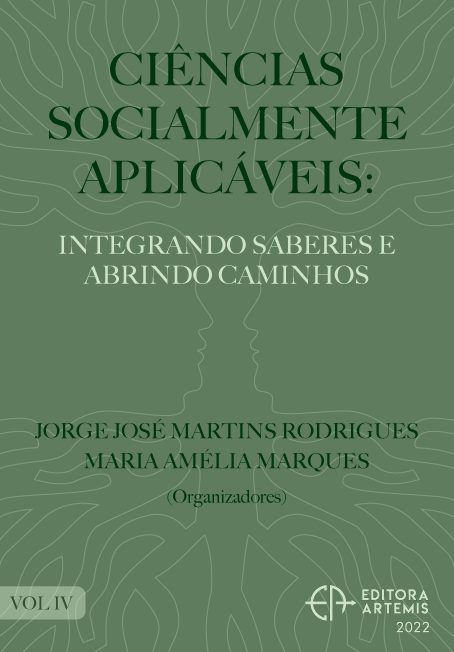
LA APLICACIÓN DEL CONVENIO EUROPEO DEL PAISAJE A LA PLANIFICACIÓN DE LOS ESPACIOS NATURALES PROTEGIDOS ANDALUCES
El Convenio Europeo del Paisaje (CEP) fue el primer tratado internacional en atender al paisaje como una entidad integrada, convirtiéndose en una referencia obligada para la protección, gestión y planificación del paisaje por parte de todas las administraciones europeas. Éste ponía por primera vez el acento en la percepción de las personas habitan el territorio al tiempo que proponía modelos de cogobernanza y participación entre los diferentes actores y entes implicados. Sin embargo, su efectividad ha sido permanentemente cuestionada en el plano académico. El objetivo de esta investigación es determinar en qué medida los discursos del CEP han sido incorporados a las herramientas operativas puestas en marcha por las instituciones de la Comunidad Autónoma de Andalucía, una de las regiones con mayor volumen de superficie protegida del sur de Europa. Para ello se atiende a un estudio de casos en el que son considerados cuatro parques naturales, aplicando una metodología de análisis de los contenidos de los documentos de planificación vigentes a través de técnicas de revisión documental. Las conclusiones de este estudio ponen de manifiesto la existencia de una constante evolución en la asimilación de los planteamientos integrales del patrimonio y la incorporación de mecanismos de participación en los instrumentos de planificación sectorial de los espacios naturales protegidos en Andalucía, sin embargo, no ha sido hasta pasada una década desde su ratificación en España cuando el CEP ha estado plenamente presente en dicha planificación.
LA APLICACIÓN DEL CONVENIO EUROPEO DEL PAISAJE A LA PLANIFICACIÓN DE LOS ESPACIOS NATURALES PROTEGIDOS ANDALUCES
-
DOI: 10.37572/EdArt_29052259017
-
Palavras-chave: Convenio Europeo del Paisaje, Espacios naturales protegidos, Gestión integral del territorio, Participación local, Andalucía
-
Keywords: European Landscape Convention, Protected Natural Areas, Comprehensive Land Management, Local Participation, Andalusia
-
Abstract:
The European Landscape Convention (ELC) was the first international treaty to attend to the landscape as an integrated entity, becoming an obligatory reference for the protection, management and planning of the landscape by all European institutions. This put emphasis on the perception of the people inhabiting the land for the first time, while proposing models of co-governance and participation of the different actors and entities involved. However, its effectiveness has been permanently questioned at the academic level. The purpose of the research is to determine to what extent the discourses of the ELC have been incorporated into the operational tools put in place by the Andalusian institutions, in Spain, which is one of the regions with the largest volume of protected area in southern Europe. To do this, a case study which considers the cases of four natural parks is carried out, applying a methodology of analysis of the contents of their planning documents through documentary review techniques. Conclusions show the existence of a constant evolution in the assimilation of comprehensive approaches to heritage and the incorporation of participatory mechanisms in the sectoral planning instruments of protected natural spaces in Andalusia. Nevertheless, it has not been until a decade after its ratification in Spain when the ELC has been fully present in that planning.
-
Número de páginas: 15
- José David Albarrán Periáñez

